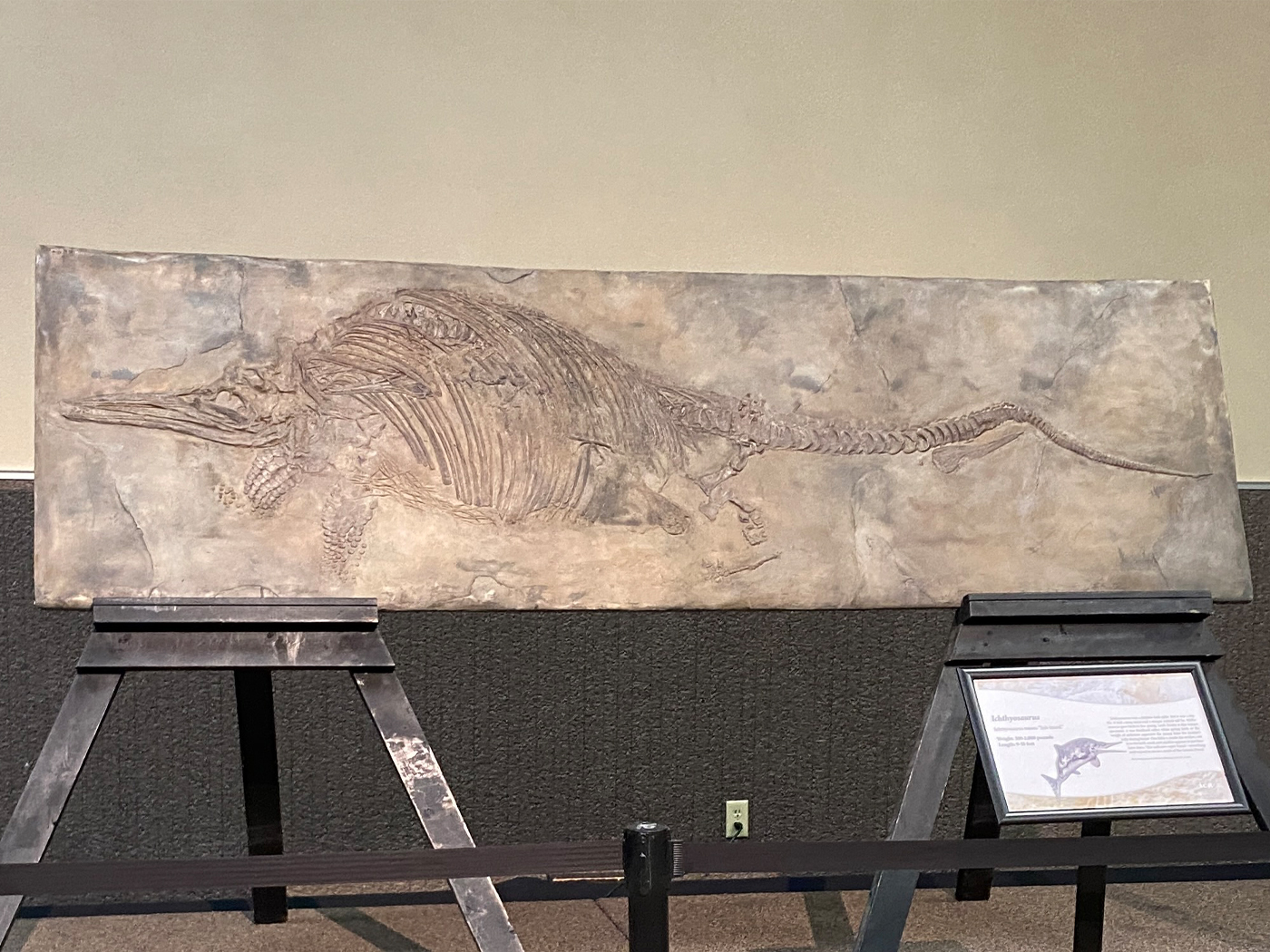The Green River oil shales have provided one of the very strongest arguments for millions of years, or at least one of the most used.
Take a specimen of the shale and slice it open perpendicular to the normal bedding, so that you look at the rock's internal characteristics from the side. You will see a multitude of tiny laminations, like pages in a book, but alternating light and dark. Each pair is called a varve usually interpreted as representing a yearly cycle of deposition, with the darker, coarser layer the summer deposit, and the lighter, finer layer from the winter. In the Green River shale deposits up to 6 million varves are found. Does this prove 6 million years?
Actually, in no location do all the varves exist. The total is derived by correlating sequences from several locations, arranging the partial records in consecutive order. Obviously, conclusions are subjective.
The real question is, does each varve unequivocally represent one year? Definitely not, for several reasons. Studies have shown that varve counts vary between individual locations in modern glacial lakes. Sometimes, the number of laminae covering a historically dated level was more than the elapsed years. One study in a modern lake documented that 300-360 laminae had formed in 160 years. In the Green River Shale a 35% variance in number occurred between two "instantaneous" volcanic ash falls. "All" researchers now recognize that sometimes more than one varve can form in a single year.
There's also evidence it happened rapidly. Numerous fossils are found in the Green River Formation. Catfish in abundance are found, looking much the same as they did when alive. The thickness of their bodies transgresses several layers. Obviously a fish carcass, even if it did get to the bottom of a lake would not remain undecayed and unscavenged for several years, slowly being covered by seasonal deposits.
Even more remarkable are an abundance of bird fossils. In spite of their low density, bird fossils are copiously present here. If these sediments are from the bottom of a calm lake, as required by the standard varve interpretation, how could myriads of bird fossils be present? Bird carcasses don't lie on the bottom of a lake. What happened?
Further evidence against the uniformitarian, calm lake model comes from the nature of the sediments. The dark summer layer is organic rich, a commercial source of oil today. Organic material does exist in modern lakes, but a huge lake without disruptive storms or variable river input, year after year for six million years? Surely some things cannot be.
On the other hand, numerous examples of catastrophic deposits, hurricane debris, 90 mph mudflows at Mount St. Helens, and laboratory experiments, have documented rapid formation of multitudes of "varves." A detailed understanding of past, unobserved events is hard to construct, but in general, the Green River varved deposits support the global Flood of Noah's day model much better than the uniformitarian, long age model.













